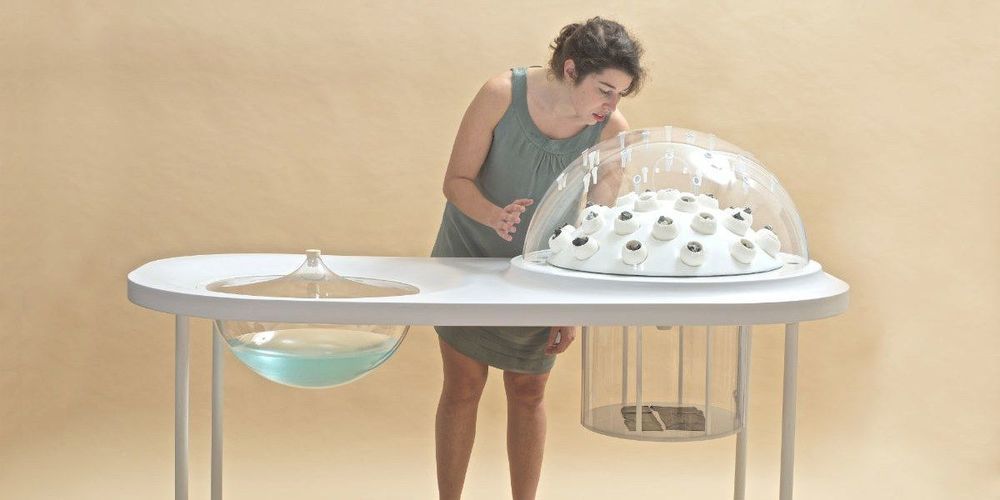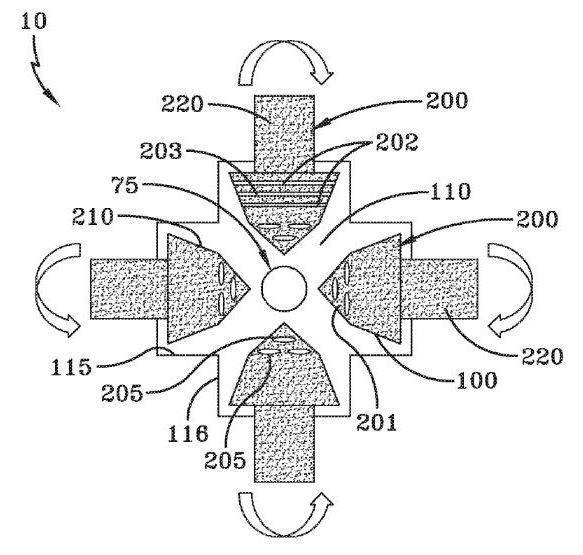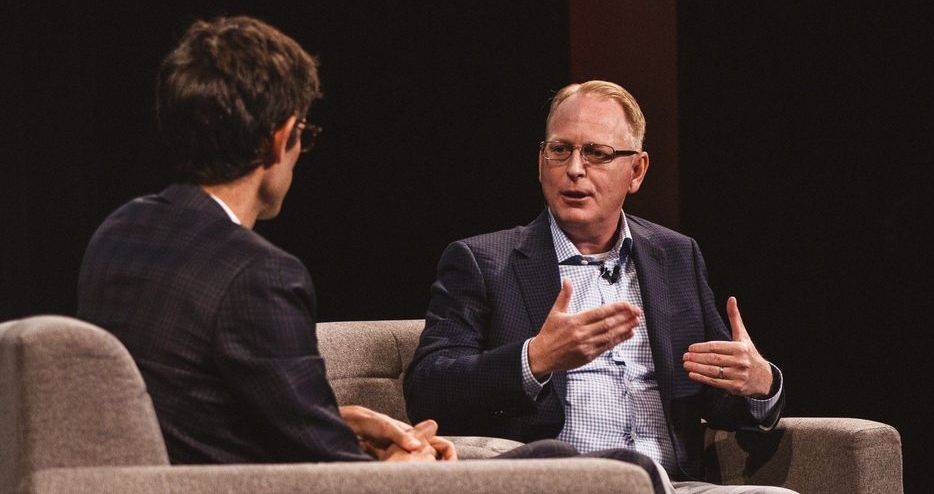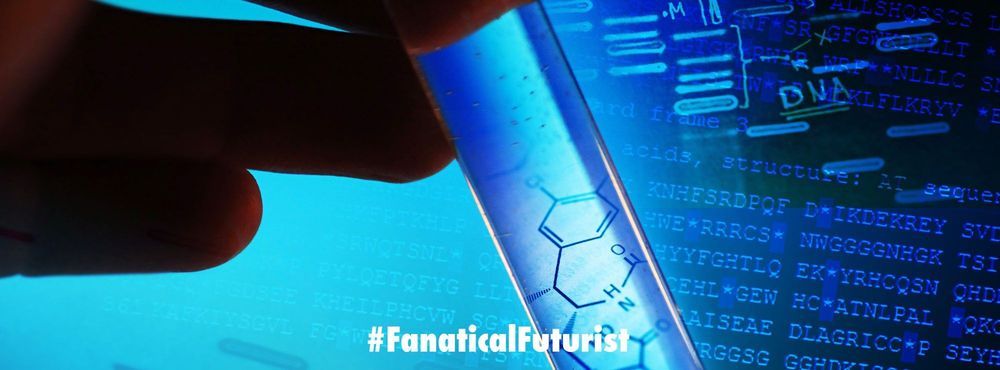We need to slash emissions from agriculture while at the same time feeding billions more people. It’s a difficult task, but there’s a path forward to make it work.
[Photo: Jevtic/iStock]


Circa 2014
According to one recent study, there’s at least 5 trillion pieces of plastic in the ocean. That’s more than 250 tons. So what to do with mountains of plastic waste with nowhere to go? Katharina Unger thinks we should eat it.
The Austrian designer partnered with Julia Kaisinger and Utrecht University to develop a system that cultivates edible plastic-digesting fungi. That’s right, you can eat mushrooms that eat plastic. In 2012, researchers at Yale University discovered a variety of mushroom (Pestalotiopsis microspora) that is capable of breaking down polyurethane. It kicked off a craze of research exploring how various forms of fungi can degrade plastic without retaining the toxicity of the material. The findings got Unger thinking: What if we could turn an environmental problem (waste) into an environmental solution (food)?
You’ve read your last complimentary article this month. To read the full article, SUBSCRIBE NOW. If you’re already a subscriber, please sign in and and verify your subscription.
As others have pointed out, voxel-based games have been around for a long time; a recent example is the whimsical “3D Dot Game Hero” for PS3, in which they use the low-res nature of the voxel world as a fun design element.
Voxel-based approaches have huge advantages (“infinite” detail, background details that are deformable at the pixel level, simpler simulation of particle-based phenomena like flowing water, etc.) but they’ll only win once computing power reaches an important crossover point. That point is where rendering an organic world a voxel at a time looks better than rendering zillions of polygons to approximate an organic world. Furthermore, much of the effort that’s gone into visually simulating real-world phenomena (read the last 30 years of Siggraph conference proceedings) will mostly have to be reapplied to voxel rendering. Simply put: lighting, caustics, organic elements like human faces and hair, etc. will have to be “figured out all over again” for the new era of voxel engines. It will therefore likely take a while for voxel approaches to produce results that look as good, even once the crossover point of level of detail is reached.
I don’t mean to take anything away from the hard and impressive coding work this team has done, but if they had more academic background, they’d know that much of what they’ve “pioneered” has been studied in tremendous detail for two decades. Hanan Samet’s treatise on the subject tells you absolutely everything you need to know, and more: (http://www.amazon.com/Foundations-Multidimensional-Structure…sr=8-1) and even goes into detail about the application of these spatial data structures to other areas like machine learning. Ultimately, Samet’s book is all about the “curse of dimensionality” and how (and how much) data structures can help address it.

Circa 2017
Chris Roberts built worlds for games such as Wing Commander at Electronic Arts’ Origin at the dawn of 3D games a couple of decades ago.
Those games were technologically limited, but they still inspired the imagination. Now Roberts is now head of his own company, Roberts Space Industries, and he’s contemplating how to use much more computing power to run the upcoming Star Citizen and other games of the future. He spoke about this challenge with Rich Hilleman, director of PMT at Amazon Game Studios and former chief creative director at EA.

Essentially beyond this is a higgs boson reactor essentially a universe of power in a jar.
Scientists have longed to create the perfect energy source. Ideally, that source would eventually replace greenhouse gas-spewing fossil fuels, power cars, boats, and planes, and send spacecraft to remote parts of the universe. So far, nuclear fusion energy has seemed like the most likely option to help us reach those goals.



The Pentagon made $35 trillion in accounting adjustments last year alone — a total that’s larger than the entire U.S. economy and underscores the Defense Department’s continuing difficulty in balancing its books.
The latest estimate is up from $30.7 trillion in 2018 and $29 trillion in 2017, the first year adjustments were tracked in a concerted way, according to Pentagon figures and a lawmaker who’s pursued the accounting morass.
The figure dwarfs the $738 billion of defense-related funding in the latest U.S. budget, a spending plan that includes the most expensive weapons systems in the world including the F-35 jet as well as new aircraft carriers, destroyers and submarines.